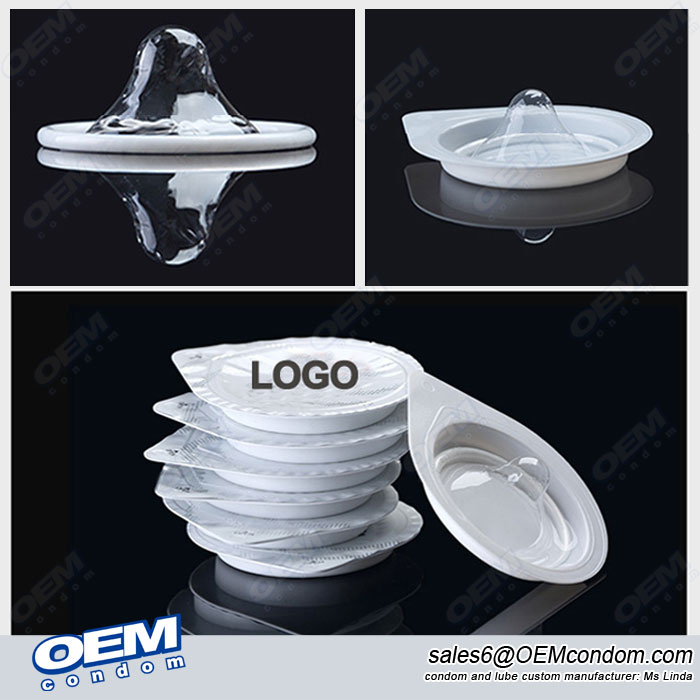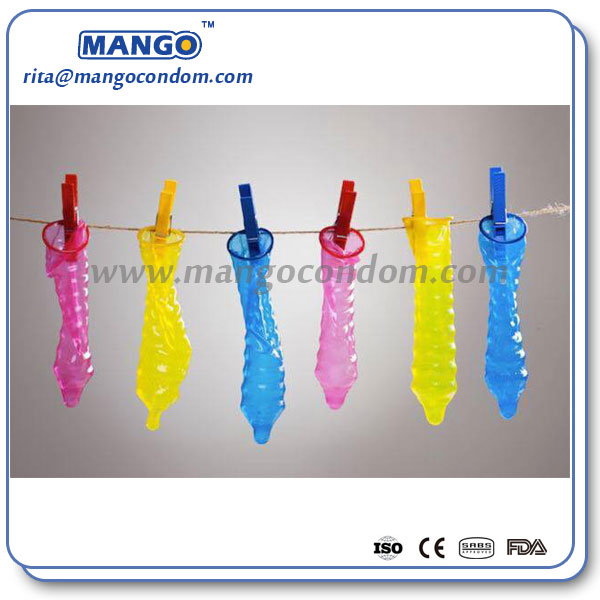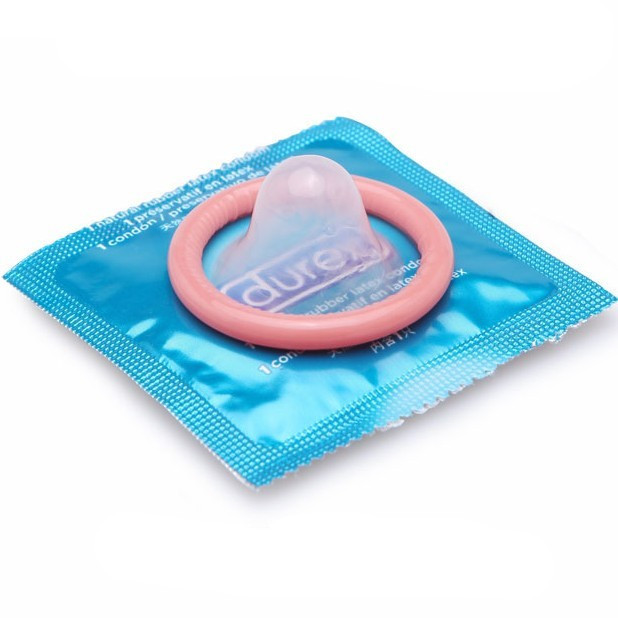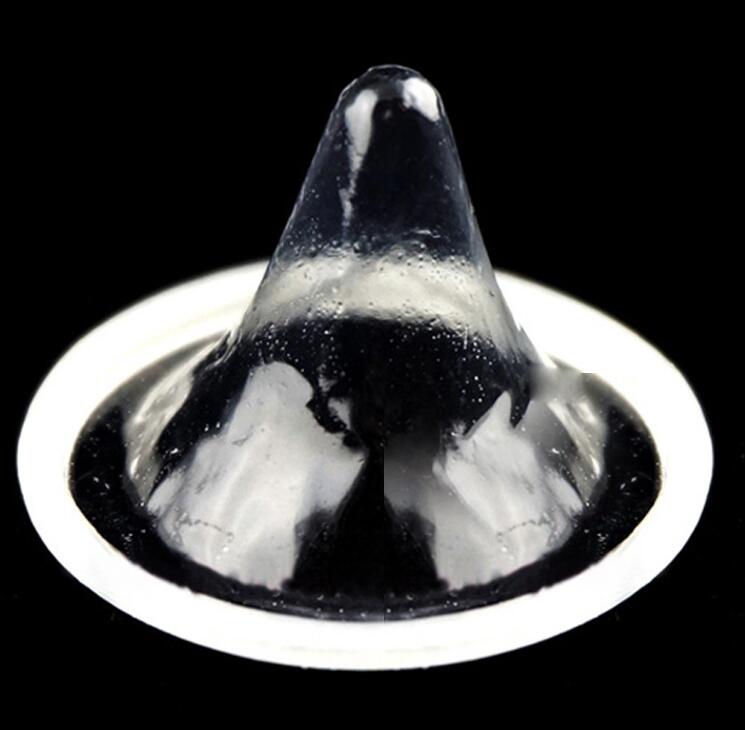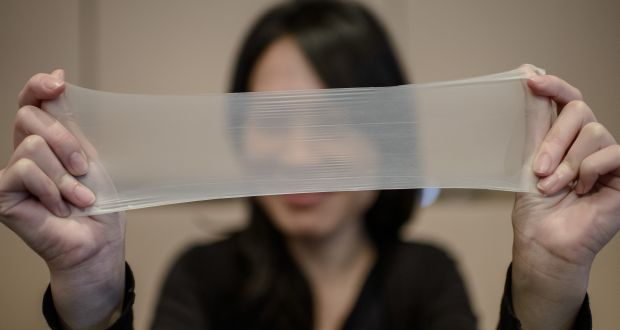001 & 002 Ultra Thin Polyurethane Condoms
0.01&0.02mm Ultra Thin Polyurethane Condoms like not wearing for men Sexual welfare. The Ultra Thin Condoms are made of Polyurethane which is Non-latex avoiding protein allergy 0.01&0.02mm Ultra Thin Polyurethane condoms can optimize the consumer experience with max sexual pleasure. Heat can be conducted faster to improve the body temperature transmission. Compared with latex condoms, waterborne polyurethane condoms are more skin-friendly. Men are …
Polyurethane condoms is a new trend
Polyurethane condoms are a type of male condom that is made from polyurethane — which is a type of thin, clear plastic. This birth control method has FDA-approval as an effective way to prevent pregnancy as well as protecting you from sexually transmitted diseases. Our company had successfully produced it, welcome inquiry us to has own brand, we can custom …
Choose the right material of condom
To have safe sex, choose the right material for yourself. Lambskin condoms have microscopic holes that, while small enough to stop the sperm, are big enough to allow viruses safe passage. These condoms, therefore, do not offer adequate protection against HIV. If you are allergic to latex (or if you simply want the safest option), consider polyurethane condoms. Although they …
Male Condoms Advantages and Disadvantages
Male condoms offer reliable, non-permanent protection against pregnancy, making them ideal for men who may later want children. They are highly portable, easy to use and obtain, and available without a prescription. Male condoms are also the most effective contraceptive way for preventing infection from sexually transmitted diseases and HIV. Condoms have best effectiveness in preventing unwanted pregnancy and …
Wearing condoms is something you have to do
What do condoms have in common with toothpaste and toilet paper? Given the world we live in, wearing condoms is something you just have to do, like brushing your teeth. The stakes are too high. We know,that for those who choose to have sex with someone who has any chance of being infected of HIV and other sexually transmitted diseases …
Polyurethane Condoms
Many consumer already tired with latex condom, so they prefer to choose the polyurethane material condom. But if they are safe to use? The clinical breakage rate of the polyurethane condom was 7.2%, compared with 1.1% for the latex condom (relative risk of 6.6, 95% confidence interval of 3.5-12.3). The complete slippage rate (combining incidents during intercourse and withdrawal) of …
Polyurethane condom custom manufacturer
Polyurethane condom also named Non-Latex Condoms is another choice for consumer who allergic to latex– If you want every intimate encounter with a partner to be as safe as it is pleasurable, carefully considering your options for contraception and STD protection of the utmost importance. Many couples prefer non-latex male condoms for use during all types of intercourse, and they …
polyurethane condoms advantages and disadvantages
If you know any type non latex condom? Polyurethane is extremely strong, and so as a result, polyurethane condoms can be made extremely thin, much thinner than any latex condom. Many of the ultra thin condoms we carry are made of polyurethane. The material also transmits body heat well, better than latex does. The combination of these two factors results in greater sensitivity. On the downside, polyurethane material is somewhat brittle, and if it fails, the break is usually significant, with the polyurethane condom tearing. Polyurethane is also expensive to produce, and as a result, polyurethane condoms are expensive. Most consumer maybe can’t afford it. So you can choose it if like thin skin feeling and can afford it.
Polyurethane condoms vs latex condoms both are ok for custom production
Modern condoms come in all shapes and sizes, from the no-nonsense varieties with no frills attached to the sensational studded condoms that make women go wow with delight. But when you look at the base materials that modern condoms are made of, it all boils down to two options: natural latex and polyurethane. Natural latex in its pure, unadulterated form is milky white and drawn from certain plants common in tropical jungles. This particular brand of latex can be used for a wide variety of purposes, but it is the rubber tree’s latex that is most commonly associated with latex. Fast fact: did you know that opium is made from the dried latex of the opium poppy? Polyurethane, on the other hand, is a form of synthetic latex. The main difference here is that while latex is drawn from plants, polyurethane is a kind of reaction polymer. To avoid having to dig up the nearest chemistry dictionary, let’s just say that polyurethane is made up of chemicals fused together to form a material very similar (but fundamentally different) to latex. Okay, now that you know a little bit about the composition of latex and polyurethane, it’s time we got down to the meat of the discussion: what differentiates a latex condom from a polyurethane condom? Thickness One of the first things you will notice about polyurethane condoms is that they are significantly thinner than latex condoms. Polyurethane is actually tougher than latex, which is why ultrathin condoms are made from polyurethane and not latex. Ultrathin condoms, on the other hand, are generally less tough than latex condoms. But that point is moot considering that manufacturers have to pass stringent FDA safety standards for condoms. This means a polyurethane condom can stand up to the pressures of vigorous sexual activity just as effectively as latex condoms. Price Latex condoms are typically cheaper than polyurethane condoms, which is why the average condoms you see on a store shelf are typically made of latex. Tapping a tree for rubber and then using that rubber to form a condom is generally cheaper than acquiring the materials required for synthesizing polyurethane. Fit Polyurethane condoms fit more naturally around the erect penis than latex condoms. Latex has this tight, restrictive quality when it squeezes down on the male penis.Polyurethane is a lot more elastic than latex. This extra elasticity lets the penis breathe when the condom is unrolled over it, significantly increasing sensitivity during sexual intercourse. This is perhaps one of the more common reasons why some men (and even some women) prefer ultrathin condoms over thicker latex condoms. Odor Latex condoms smell really rubbery when unsealed from their containers, especially in sachets where powder is used to lubricate the condom. This odor can be quite sickening if you are not used to the smell and can be a turnoff for some people. Polyurethane condoms, on the other hand, are basically odorless – at least if the lubricant used in the container has no odor as well. Forgiveness Polyurethane condoms are not recommended if you or your partner is unfamiliar with the proper use of condoms. Ultrathin polyurethane condoms tend to be damaged more easily with sharp pressure, like say from teeth or sharp fingernails. Latex condoms are more resistant to these kinds of forces, but not by much. Latex or polyurethane won’s be able to last long if the condom isn’t properly rolled on or if you accidentally bite a hole in the condom while opening the container. Oil-Lube Resistance Polyurethane condoms are much more resistant to oil-based lubricants (i.e. ordinary Vaseline) than latex condoms. It is still not a good idea to use these types of lubricants, so water-based and silicone-based lubricants are still the safer choice. Allergic Properties A lot of people – both male and female – are allergic to ordinary latex. You know you are allergic if your privates itch, redden or generally feel lousy after using latex condoms. Good news, though: polyurethane is non-allergenic. This means that you can always use polyurethane condoms if you or your partner is allergic to ordinary latex. Today, our company can produce both the type’s condom, latex male condom or latex female condom, polyurethane male condom or polyurethane female condom, all are ok for us to produce in your own brands, welcome inquiry us!
your brand condom deserves a quality condom supplier.
we had served more than 50 worldwide condom brands.


